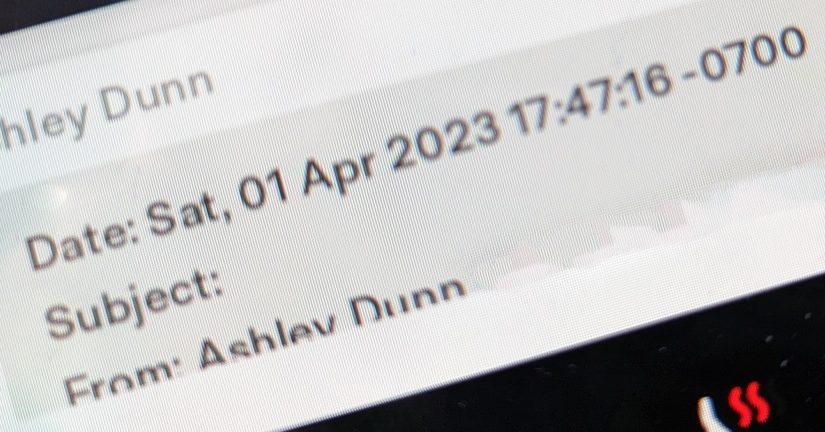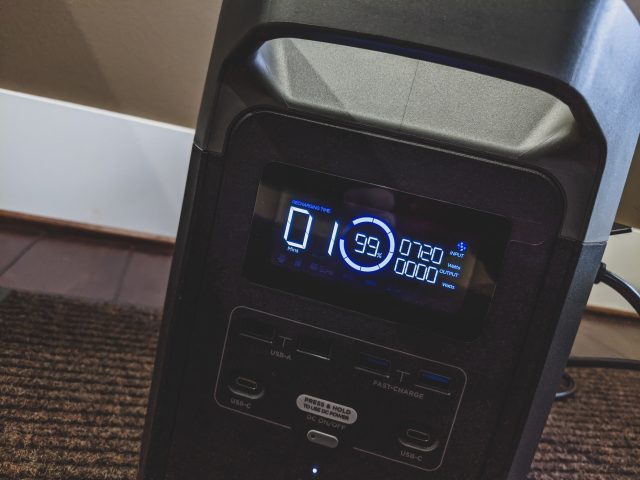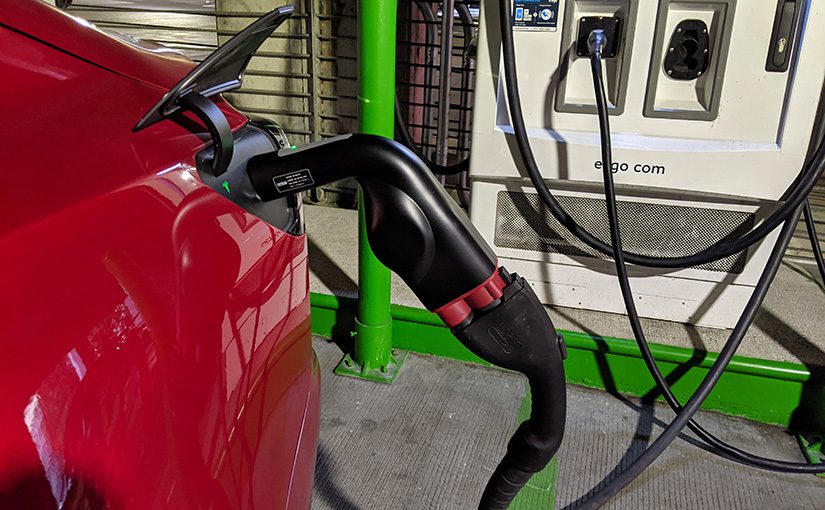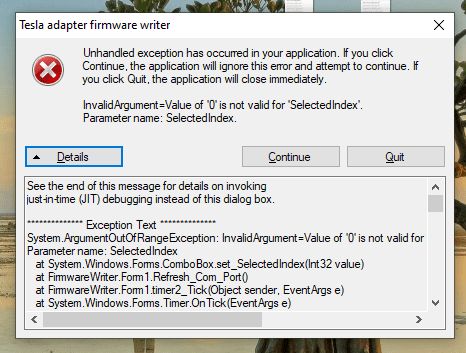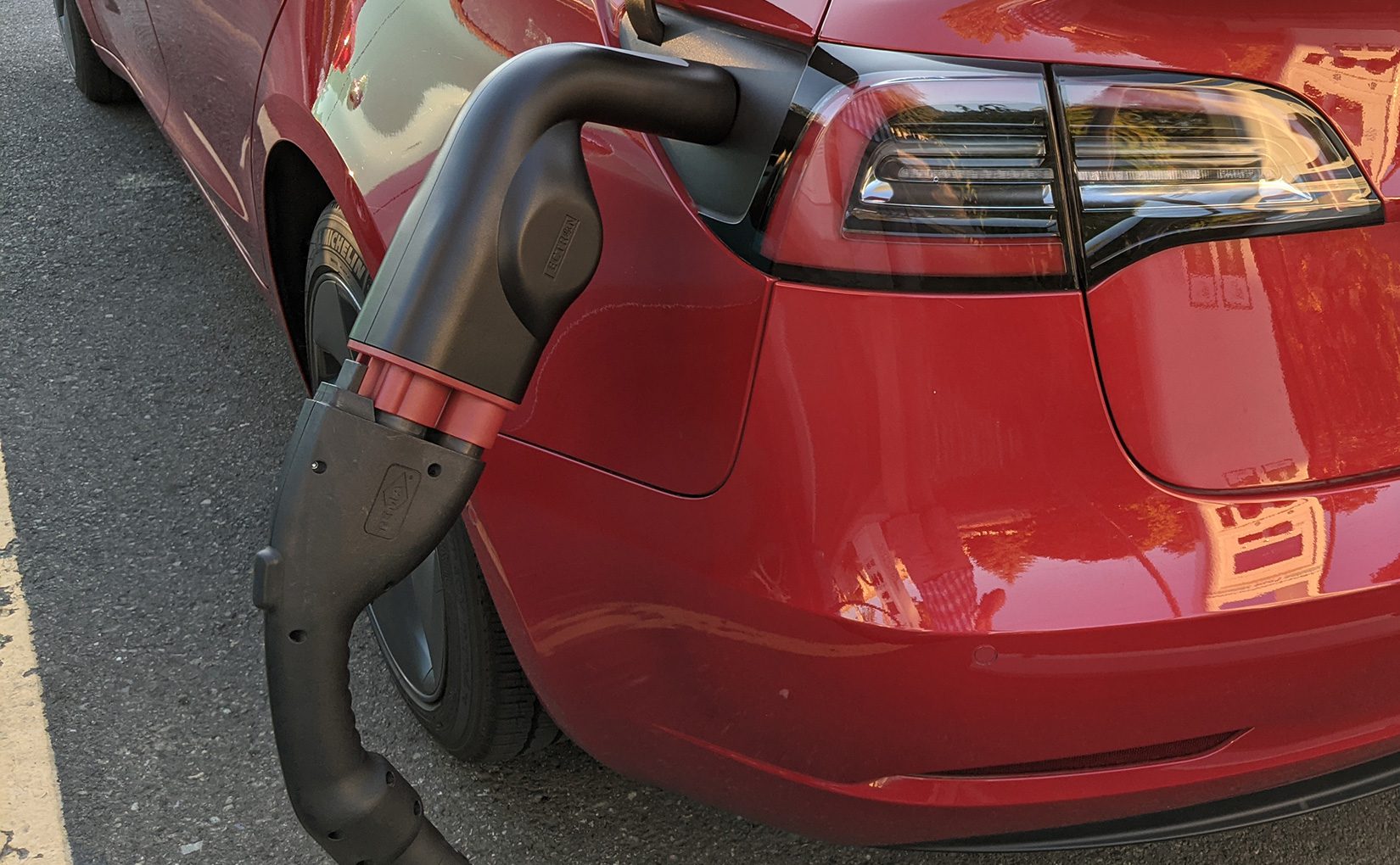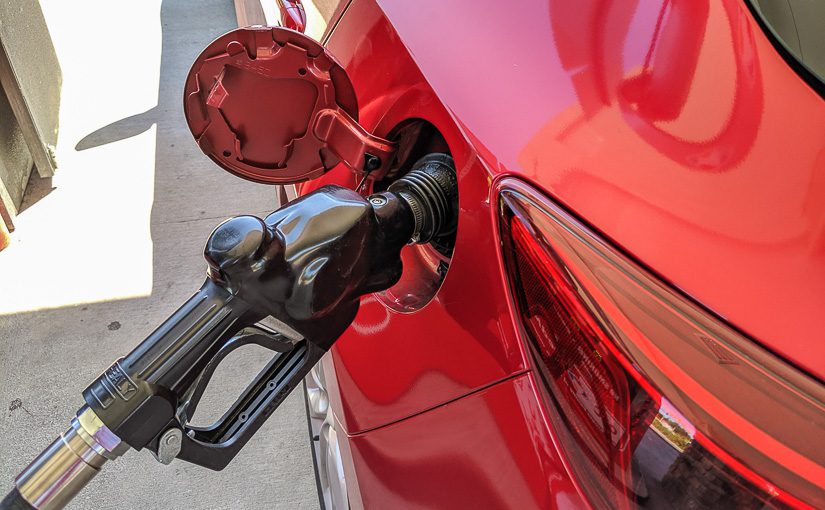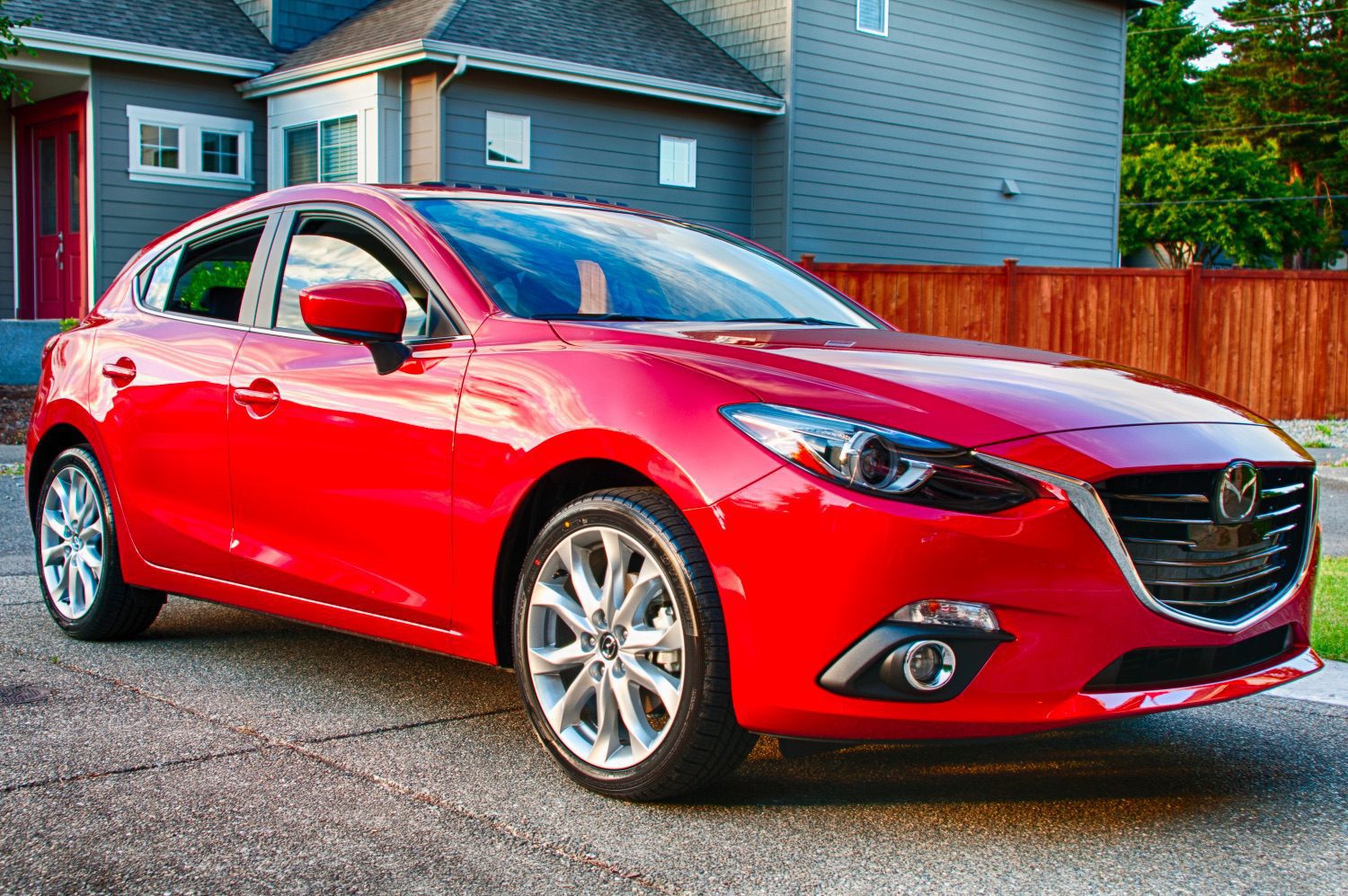The first time my wife texted me while I was driving our new Model Y, I was baffled when, instead of the car’s text to speech software simply reading the message, it began reading me off her phone number, date, time, phone number, etc. This effectively made receiving texts impossible, making my experience as a Tesla owner much worse. I was confused at first, because the week before when driving our Model 3 this wasn’t happening. What was going on?
Here’s the root issue: as of May 2023, Tesla’s vehicle software does not understand RCS messages. That’s why instead of the car reading the text message, it reads the date/time/etc. effectively making it useless. This info is part of the header in the RCS message (think of it like an email). In our case, her phone app had a software update that made sending RCS messages the default. It had nothing to do with the Tesla car software.
Until Tesla supports RCS messages in their software, the only workaround is for the sender to turn off RCS messages to the phone number you as the Tesla driver are getting your messages on. This is done in the person’s messaging app, usually in the details of the individual person’s details.
For example, my wife uses Messages, Google’s texting app on her Android phone. If she looks at our texting entries in the app, goes into Details then selects “Only send SMS and MMS messages” and toggles that on, it will force “old” style texting and not RCS. Here’s what that looks like in the software:
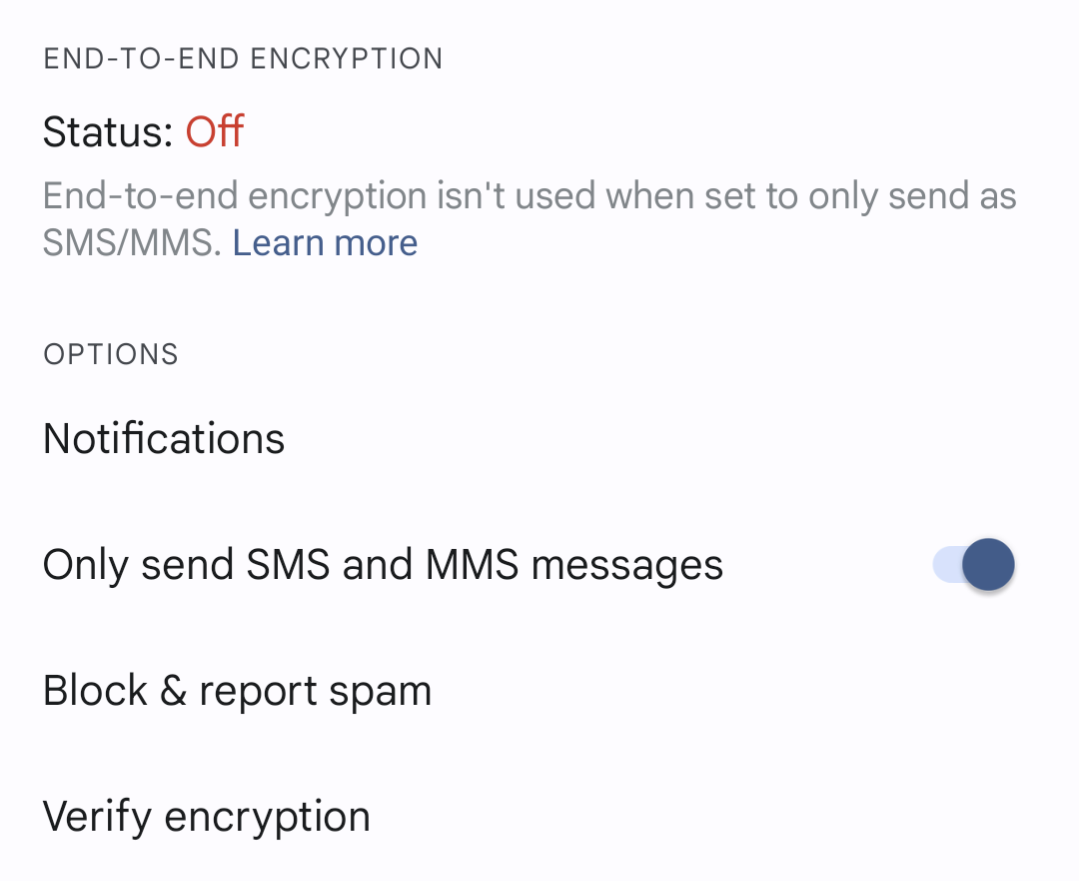
Depending on the software the person texting you is using, there may be slightly different working, or possibly a global setting that applies to all messages sent from that phone.
Making this change 100% solved the problem for us and I hope it will solve the issue for you as well.
